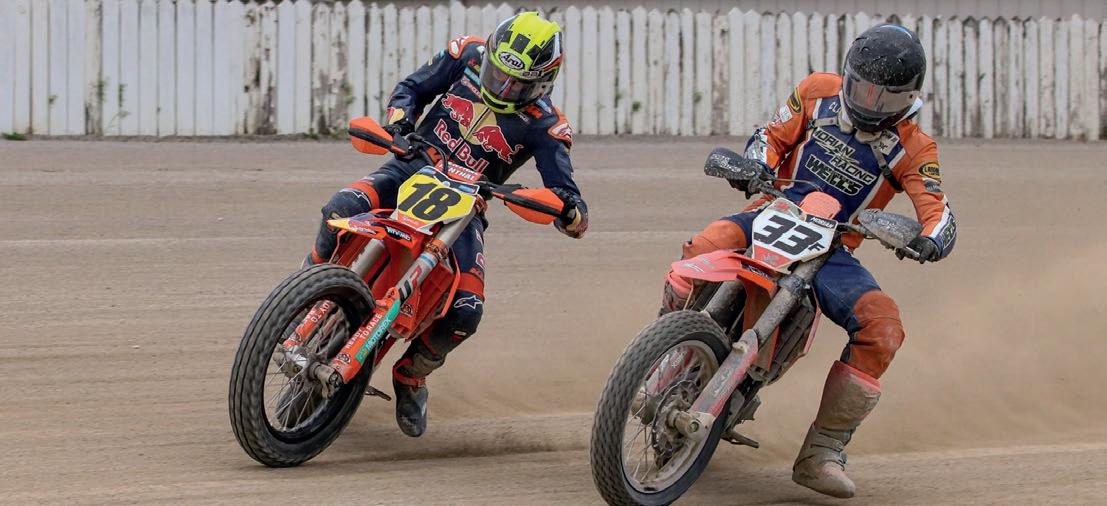
12 minute read
CLARKE MORIAN
THE HOBBY OF ACCOUNT MANAGER CLARKE MORIAN MOTORCYCLES. THE PASSION OF THE MORIAN FAMILY
My passion for motorcycles began when I was about 12. It was on Saturday morning, my dad and I were driving through town, and there it was, a 1978 Yamaha YZ 80 dirt bike. We stopped to look at it and that was all it took! Dad would loan me the money until I could scrounge up enough ($200) to pay him back. That motorcycle catapulted me into a lifelong passion for motorcycles and racing.
Advertisement
Fast forward to circa 2005, I wanted to race again, but was interested in trying another discipline (for years I raced Enduros, time event through the woods). At this point, I said to myself I want to go flat track racing, going in a circle can’t be that difficult. Well, I was wrong, so I dove in headfirst and almost 20 years later, we are still racing in circles.
Conveying a passion
For those not familiar with Flat Track motorcycle racing, here is a brief rundown of what type of racing it is and where the events are held. In the US there are four different types of tracks that are raced on, short track ¼ or shorter, ½ mile, Mile, and TT. The short tracks are usually a smooth clay track that “groove up” (rubber from tires gets deposited on to the clay and creates a tacky “groove”). The ½ mile tracks can be either a smooth clay track (usually a car track with banking in the corners) or a “pea gravel or cushion track”. In the Mid-West we have a lot of 1/2mile cushion tracks, as these are horse tracks - “pacers and trotters” primarily, and are at almost every fair grounds in the Mid-West. Classes offered at the races range from 50cc to 800cc motorcycles. Most of the motorcycles are based on Motorcross bikes offered by MFG’s Like KTM, Yamaha, Honda, and Kawasaki. Just a few modifications are needed to get started, such as changing the wheels/tires for Flat Track and lowering the suspension. Then you are off to the races. So my time actually racing Flat Track really only lasted 4 to 5 years, until my youngest son was old enough to race (5 yrs old), and then I became Chief Pit crew/mechanic. We had an agreement and told him when he learned how to ride a bicycle, he could get a motorcycle. That back-fired on us quickly - he was 4! However, we made him wait until he was 5 to get him a motorcycle. For us as a family, this was just going to be for fun and to introduce our son to a hobby that could be something he would enjoy for years to come. It wasn’t about the racing as much as it was about some-
thing we could do as a family.
A hobby, not a career
What I didn’t realize was, that the parents in the early stages of racing are about as crazy as they come. For the next few years from the PW50 class through about the 85cc class we experienced A LOT! Even though these were the early years of our son racing, the competitiveness was just as intense as the premier classes. In a lot of cases, what we saw and how other parents reacted to situations allowed us to use these as teaching moments for not only our son that raced, but for our older son as well. Frankly, they were good lessons for me as well, to serve as a reminder that this was a hobby, not a career. Once our son turned 12, he moved up to the 250cc class (this was a big jump from the 85cc). Even though the bikes handled better than the 85’s, they were bigger, more powerful and the riders were older and more aggressive. For the next couple of years we competed against bigger and more experienced riders, and even bigger (450cc) bikes.
Lots of travel through the US
Those years in the 250cc class was a learning experience for all of us. For me I needed to step up my “crew chief” abilities. That meant I needed to be more technical and keep detailed notes on bike set up and track conditions. My son needed to get used to the bigger more physical riders as well as the increased speed. Unfortunately, my wife had the toughest job, as she had to manage me and my son. As the competition increased and the desire to win increased, she had to manage the tension in the pits. Those years on the 250cc bike were very successful in many ways. We traveled all over the eastern part of the US and we won a lot of races. The best part was that we were having so much fun.
The next stage came at the age of 14, we moved up to the premier class, 450cc bikes. This was an even bigger jump, not only because the bikes were a lot faster, but mostly because the competition was that much more intense. The competitors ranged from 14yr olds to grown men and professionals. As the term goes “We are not in Kansas anymore”. We realized quickly that we could no longer get away with a stock motorcycle. We had to step up our game and get more horsepower, aka SPEED! It does make the heart beat a little faster when you see 90+ MPH. We are still racing in the 450 class and have done quite well. We will be entering into our third year for this class and are looking forward to the season getting started. Over the past 15 yrs of being involved with the Flat Track community, I have continued to enjoy my motorcycle hobby, and be connected to my passion which started back in the 80’s. Most importantly, I was able to pass along my passion to my wife (she rides both street and dirt bikes) and my two sons. I will say that as competitive as this sport can be, we have developed lifelong friendships with families we otherwise would have never met. We have learned how to manage the intense competitiveness, so that we didn’t lose sight that this is a hobby and needs to be fun. Mostly we got to spend time as a family traversing across the eastern half of the US, racing, creating lifelong friendships and seeing the different sights. ■
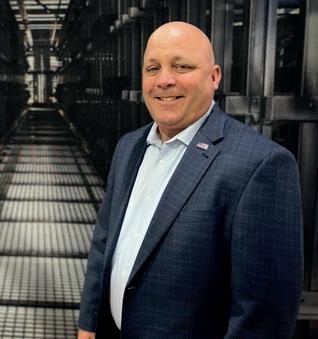

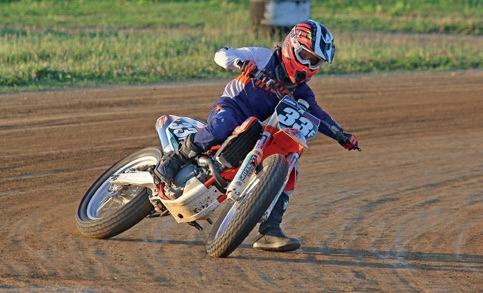
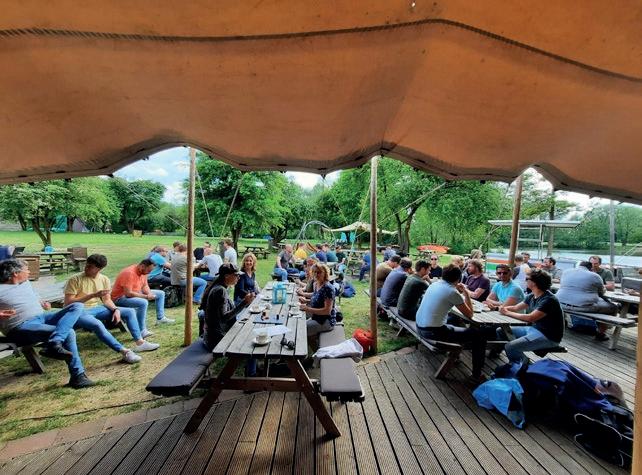

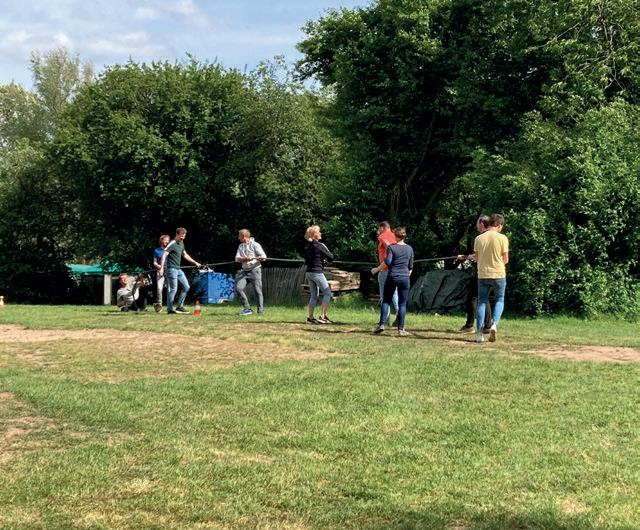
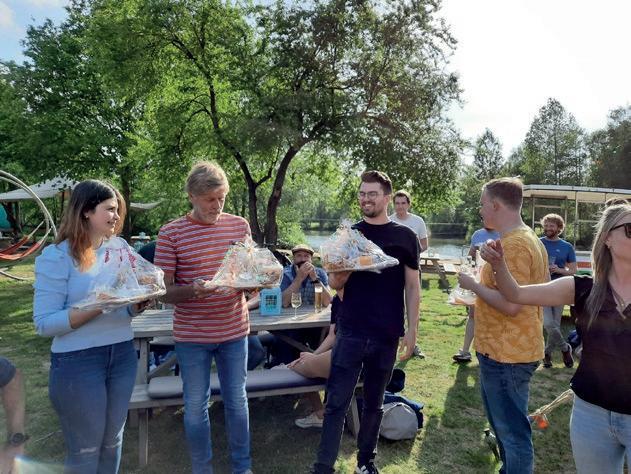
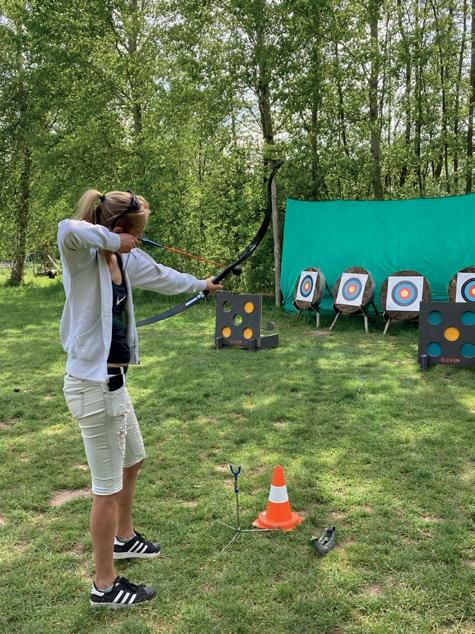



NEDCON ON THE WAY TO A GREEN(ER) FUTURE
This year, NEDCON joined the voestalpine campaign (Countdown to Zero). As a colleague, you’ve probably heard of it.. The goal of the CO2untdown to Zero campaign is reducing CO2 emissions within the entire Metal Forming division to 0 by 2035. Over the next few years, companies in this division, including NEDCON, will expect major steps leading to this ambitious goal.
Meet carbondioxide...
CO2 is carbon dioxide, under normal conditions an odourless, invisible gas. With the growing volume of production there is a gradual increase of CO2 in the atmosphere. CO2 has the ability to absorb infrared radiation and thus prevents heat from penetrating out of the atmosphere and the planet is heated. In other words, CO2 causes the greenhouse effect.
If the earth did not have its atmosphere, its average temperature would be about -18 ° C. Thanks to the atmosphere, the average temperature of the Earth is 15 °C. That’s much better, isn’t it?
Do you know how much you in person contribute to creating the greenhouse effect? Try to calculate your carbon footprint by scanning the QR code!
Where does it come from?
CO2 is generated in places where oil, petrol, natural gas and coal are burned, but it can also be reduced where nothing is burned. Combustion occurs elsewhere. In power plants.
This means that energy can be saved by turning off the lights during the day or turning off production facilities during weekends. The basis is simply stop producing CO2, but we cannot simply stop all production due to CO2. So we have to look for alternatives like photovoltaics or heat pumps to avoid energy from fossil fuels.
Have you tried to offset your footprint?
One way to reduce large amounts of CO2 is planting trees. The mature tree daily produces oxygen for 50 people and absorbs 22 kg of CO2 per year, which is the amount of CO2 you produce by car on the way from Prague to Brno.
By Hana Pavlickova
And how about heating?
According to doctors, the optimal heating temperature for the proper functioning of the body inside a house is about 20 °C. Dry and warm air has a negative effect on the upper and lower respiratory tract, it causes an irritating cough, feelings of a stuffy nose, scratching in the throat. Temperatures above 20 °C also have a negative effect on the skin, initiate burning eyes, dry lips and also influence the overall feeling - nausea, fatigue or thirst.
Reduce, reuse...
Reducing energy is a big challenge for any company. Before buying low-energy technologies, we must also take into account geographical factors or the current state of the building.
These are exactly the things of our interest at NEDCON Pardubice. Regardless of Co2untdown to Zero, we have a program to improve the air in the hall, which was one of the big problems.
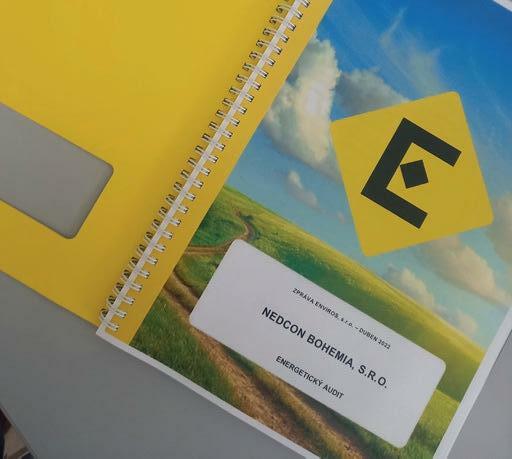

Thanks to the new technology, the amount of “fog”, that caused the hall to be ventilated almost every morning and a large amount of heat escaped, is reduced.
And in this way, other projects are gradually being created in our company, such as modification of kilns on coating lines or energy monitoring. And there will be more.
At NEDCON Pardubice we want to be sure that our measures will make sense and lead to REAL measures and savings. Therefore an energy audit took place at NEDCON before all actions began.
Audit news
The audit brought us many interesting tips on how to reduce our carbon footprint and energy costs. And where exactly can we improve? Utilization of heat from kilns, for example by transferring it to dryers, reusing heat from transformers, building own photovoltaics to cover part of electricity consumption, replacing conventional lights with energysaving LEDs, adding another measuring points to monitor production consumption and much more. And what else is coming?
Now it is just a pile of analyses, demands, feasibility studies and calculations that will lead us to the implementation of the measures themselves. Investments of this kind are certainly not easy to implement and certainly not cheap. The changes will take place gradually over the coming years.
NEDCON is moving towards a greener future
At NEDCON, we have decided to take a path that will lead to technological improvements and a cleaner environment. Our goal is not to save the world, but at least to make it better. Our CO2 countdown begins! It doesn’t matter who makes the first move. The point is to think about how we can help the planet. Global warming is not just about managers or one department. It concerns all of us. In the coming years, NEDCON will strive to reduce their impact.
Are you looking forward to it? I do! ■
DID YOU KNOW THAT…
IN AVERAGE WE PRODUCE 81 KG OF CO2 PER 1 TON OF RACKS?
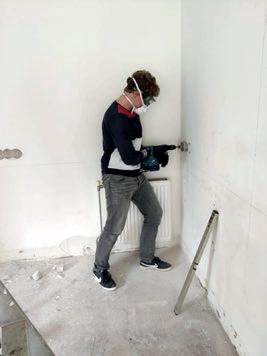

After having to search for a house for a while, my girlfriend and I found ‘’the one.’’ To make the house just the way we want it, we completely gutted it. After a lot of blood, sweat and tears it turned out the way we wanted and we are now in the right place!
Robin Visser

May 4th was my last official working day and now I’m enjoying my early retirement. I plan to enjoy it a lot and therefore also go on vacation often. This photo was taken in Croatia, where I recently went with my husband Wim. My motto is: I don’t save pennies but moments!
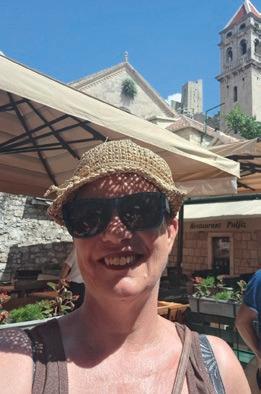
José Jansen – van de Pavert
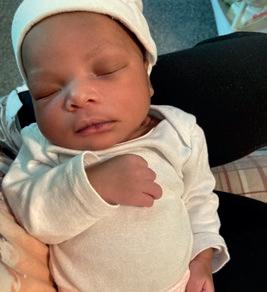
On December 12 I became a father of a daughter named Zhara. She is the most precious thing in my life. Moreover, being a father gives a whole new perspective to life itself!
Shawn McKnight
In September 2021 I, Freek (on the right), started my internship at NEDCON and in January I joined the company as a Sales Engineer. I was so enthusiastic about NEDCON that my brother Daan is now also a trainee here, in the KNAPP team. And he has adopted the same enthusiasm .
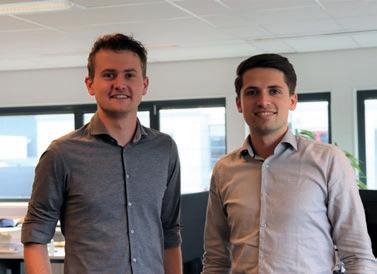
Freek en Daan Hendriks
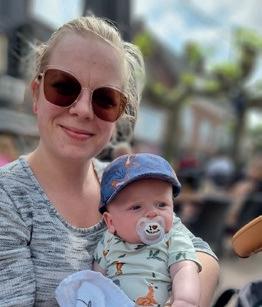

On January 13 my friend Maikel and I became parents of our son Thijs. He is a smiley face and everything goes very well, both with him and us. It took me a while to get used to starting at NEDCON again, but by now we have found our niche, even as a family.
Sharon Essink - Rutten

This year, on March 20, my husband and I became parents to our daughter Azra Yesil Grguric. We are very happy to have her in our lives!

Pinar Tokur
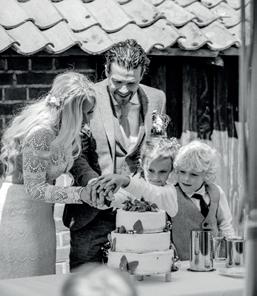
For two years we had to postpone and wait for our wedding. So if you look at it the other way around, we were allowed to look forward to a wonderful celebration for two years longer. At the end of May, on a sunny day, we experienced an overwhelmingly loving time with family and friends from Austria, Germany, the Netherlands and the Ukraine. The cutting of the cake is a tradition in all these countries and a sign for solidarity. However, there are different interpretations about the meaning of who is in charge of the knife. We have made it ours and put the children in charge (also how it is often in reality)
Volker Müller
www.nedcon.com





